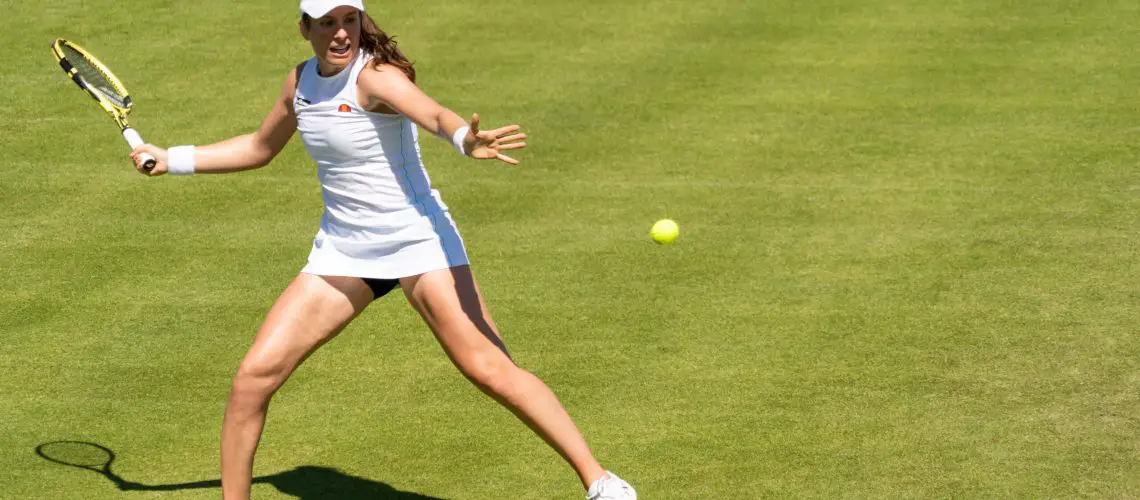We may earn money or products from the companies mentioned in this post.
The Evolution of Tennis Balls: Unveiling the Significance of Numbers
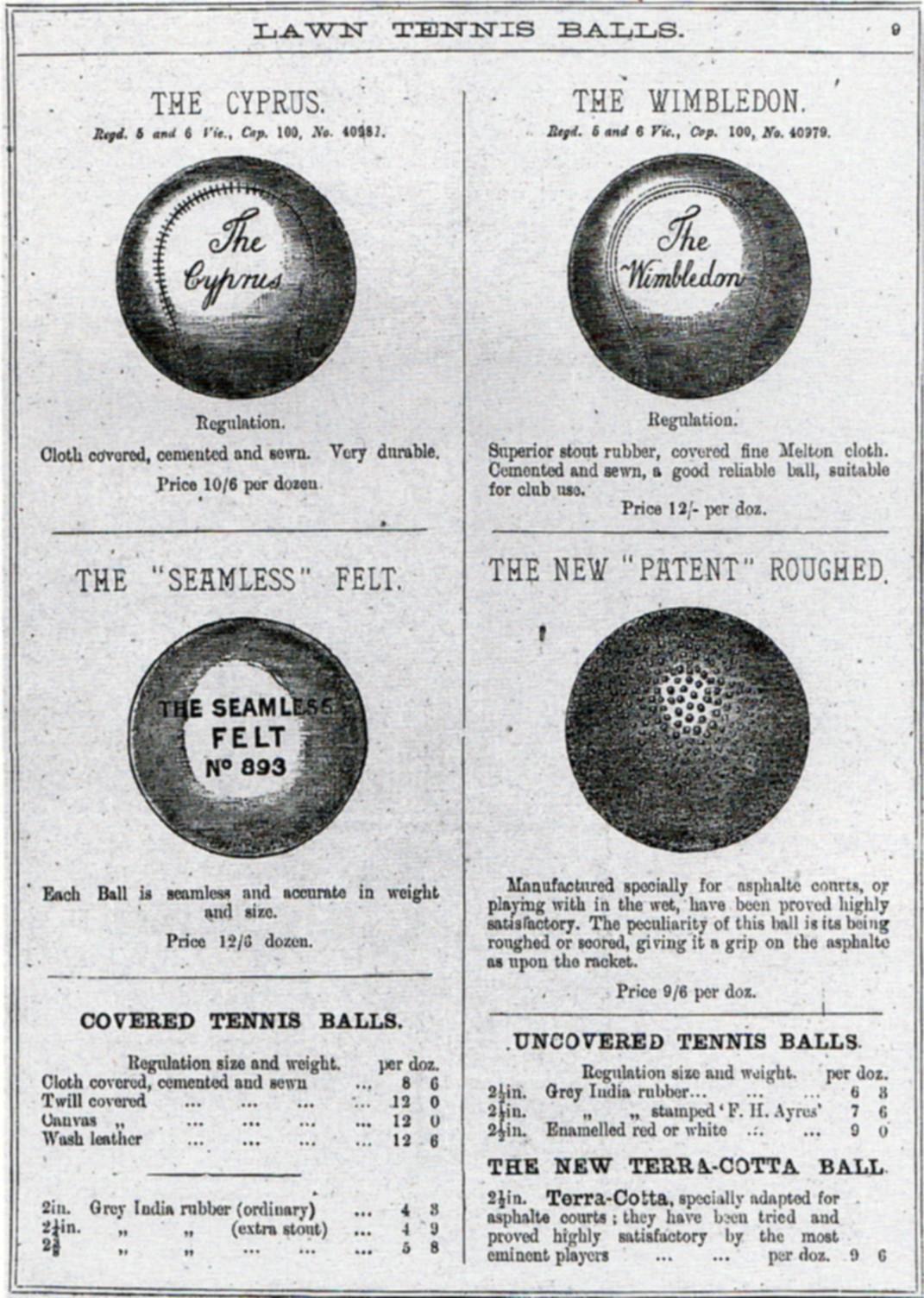
Tennis balls have come a long way since their humble beginnings Originating in the 12th century, these small, furry spheres have evolved into the high-performance sporting equipment we know today Let’s dive into the fascinating history of tennis balls and explore how they have transformed over time
A Brief History of Tennis Balls
In medieval times, tennis balls were crafted from a combination of human hair and various animal materials such as wool or leather These early iterations lacked consistency in size and shape, making each game unpredictable Can you imagine playing with such irregular balls?
Fast forward to the 19th century when Charles Goodyear revolutionized tennis ball production by introducing vulcanized rubber This breakthrough allowed for greater durability and bounce, significantly enhancing gameplay However, it wasn’t until 1972 that yellow became the standard color for tennis balls
The Evolution of Design and Features
As technology advanced, so did tennis ball design Modern-day tennis balls consist of a hollow rubber core covered in felt made from nylon or wool The felt provides grip on different court surfaces while maintaining durability
To meet players’ diverse needs and preferences, manufacturers introduced variations in pressure inside the ball Pressureless balls are solid throughout and retain their shape over time, offering consistent performance but less bounce compared to pressurized ones
Pressurized tennis balls contain pressurized air within the rubber core, providing maximum bounce during play but gradually losing pressure over time They are commonly used in professional tournaments due to their livelier nature
The Significance of Numbers on Tennis Balls
Have you ever wondered about those numbers printed on every tennis ball? They serve a crucial purpose: indicating the ball’s compression rating Compression refers to the density of the rubber core and directly affects its bounce and performance
The two most common compression ratings are 50 and 70 A lower number, such as 50, signifies a softer ball with more bounce These balls are ideal for beginners, recreational players, or those seeking greater control over their shots
On the other hand, higher compression balls, typically rated at 70 or above, offer less bounce but provide advanced players with enhanced control and precision They require more strength to generate power but allow for greater shot accuracy
Remember, choosing the right tennis ball can greatly impact your game Whether you’re a beginner looking for easy playability or an experienced player seeking total control, understanding the significance of those numbers will help you make an informed decision
In conclusion
The Role of Numbers on Tennis Balls
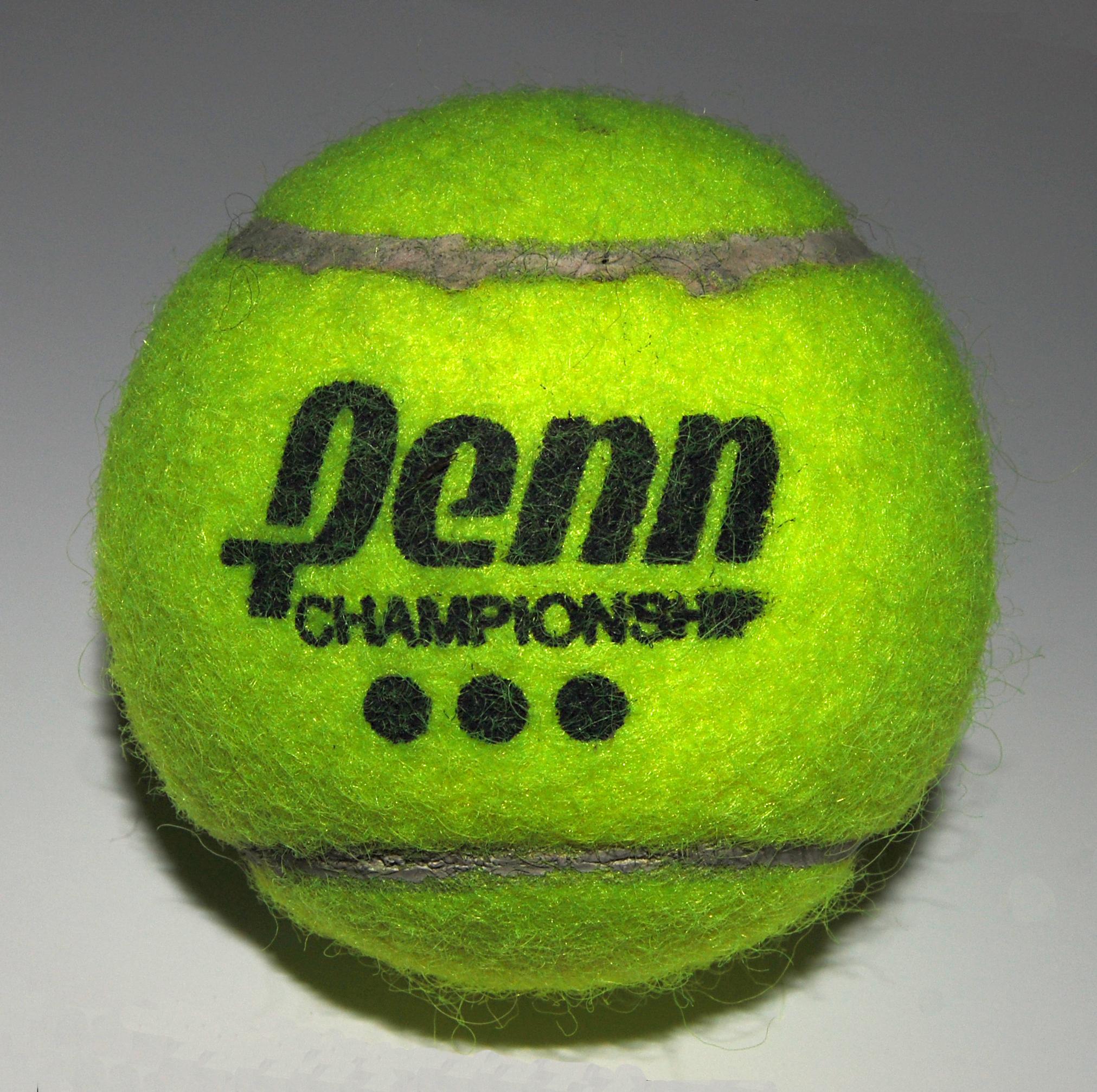
When it comes to the game of tennis, every little detail can make a difference One such detail that often goes unnoticed is the role of numbers on tennis balls These seemingly insignificant digits actually play a crucial role in differentiating between balls during a match
Differentiating between balls during a match
Imagine yourself on the court, engaged in an intense rally with your opponent With each powerful stroke, your focus narrows down to the ball hurtling towards you But what if there were multiple matches being played simultaneously? This is where numbers come into play
1 How numbers help players keep track of their own balls:
Each player typically brings their own set of tennis balls to a match By marking them with unique numbers, players can easily identify and retrieve their own balls after each point or game
2 Preventing confusion when multiple matches are played simultaneously:
In tournaments or events where several matches take place concurrently, numbering the balls helps prevent any mix-ups or confusion between matches It ensures that each player’s set stays separate and avoids any unnecessary interruptions or disputes
Identifying different types or series of balls by manufacturers
Tennis ball manufacturers employ numbers for another important purpose – to identify different types or series of balls within their product lines
1 How companies use numbers to distinguish product lines:
Tennis ball manufacturers often produce various ranges tailored to different playing surfaces or skill levels By assigning specific numbers to these series, they create an easy reference system for players and coaches who seek consistent performance characteristics from one type of ball to another
2 Ensuring consistency in performance and quality for players:
The use of numbers ensures that players can rely on the consistency and quality of a specific ball series Whether it’s for hard courts, clay courts, or grass courts, players can choose the appropriate numbered ball that suits their preferred playing surface
In conclusion, while numbers may seem like a trivial aspect of tennis balls, they play a vital role in differentiating between balls during matches and identifying various types or series of balls These numerical markings help players keep track of their own balls during intense rallies and prevent confusion when multiple matches are being played simultaneously Additionally, manufacturers utilize numbers to distinguish their product lines and ensure consistent performance and quality for players across different playing surfaces So next time you step onto the court, take a moment to appreciate the significance of those little digits on your tennis balls
How Tennis Ball Numbers Work and Their Variations
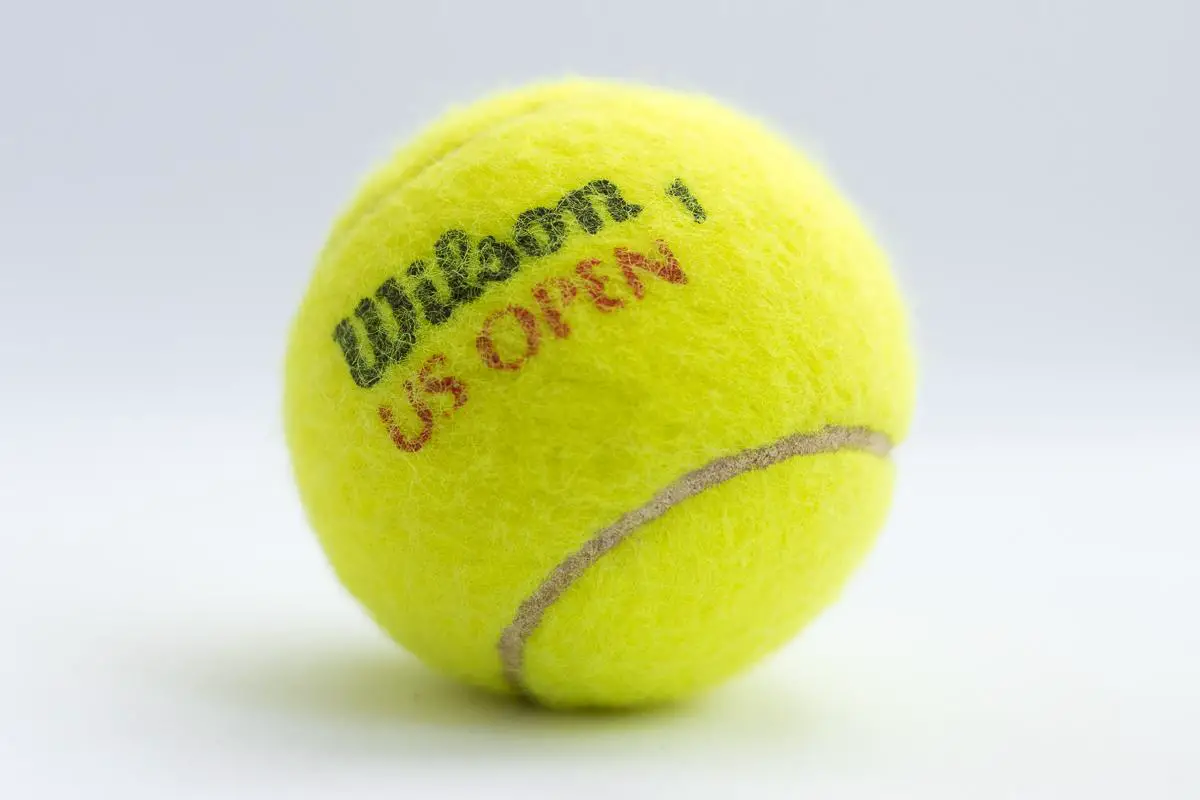
Tennis balls may seem like simple objects, but they actually come with their own numbering systems and variations Manufacturers use different methods to assign numbers to tennis balls, ranging from single-digit numbering to double-digit systems Additionally, there are variations in ball coloring and placement Let’s dive into the fascinating world of tennis ball numbers and their variations
Common numbering systems used by manufacturers
1 Single-digit numbering (eg, 1, 2, 3, and 4)
Some manufacturers opt for a straightforward single-digit numbering system when labeling their tennis balls This system assigns a number between 1 and 4 to represent the ball’s quality or intended purpose For example, a lower number like 1 might indicate a softer ball suitable for beginners or recreational play, while a higher number like 4 could signify a firmer ball designed for professional use
a) Explanation behind this choice
The decision to use single-digit numbers is often based on simplicity and clarity By using just one digit, manufacturers can easily convey the intended level of play associated with each ball without confusion
b) Why some companies use letters instead
In some cases, certain companies choose to use letters instead of numbers for their tennis balls These letters correspond to specific playing characteristics or qualities that the manufacturer wants to highlight This alternative approach adds another layer of uniqueness and differentiation within the tennis ball market
2Double-digit numbering (eg, Penn’s ATP World Tour)
Penn’s ATP World Tour is an example of a double-digit numbering system used by some manufacturers In this system, two digits are used instead of one The first digit represents the felt color while the second digit indicates the ball’s quality or intended purpose For instance, a Penn ATP World Tour ball with the number 25 would have a yellow felt surface and be suitable for professional play
a) Explanation behind this choice
The double-digit numbering system offers manufacturers more options to differentiate their products By incorporating color coding into the numbering scheme, it becomes easier for players and officials to identify specific ball types on the court
b) Popularity among professional players and tournaments
Double-digit numbered balls like Penn’s ATP World Tour have gained popularity among professional players and tournaments due to their consistent performance and durability These balls undergo rigorous testing to meet the demanding standards of high-level competition
Variations in coloring and placement on the ball
1 How colors can affect visibility during play
The color of a tennis ball can influence its visibility during gameplay Traditionally, tennis balls were white; however, yellow has become the standard color in most professional settings The bright yellow hue enhances visibility against different backgrounds, making it easier for players, spectators, and officials to track the ball’s movement on the court
2 The influence of court surface type on color selection
Court surface type also plays a role in determining tennis ball colors On clay courts, where red clay is prevalent, manufacturers often produce orange-colored balls that contrast well with the playing surface This helps players see the ball better against the reddish background Different surfaces may require specific color variations to optimize visibility
Frequently Asked Questions (FAQs) About Tennis Ball Numbers
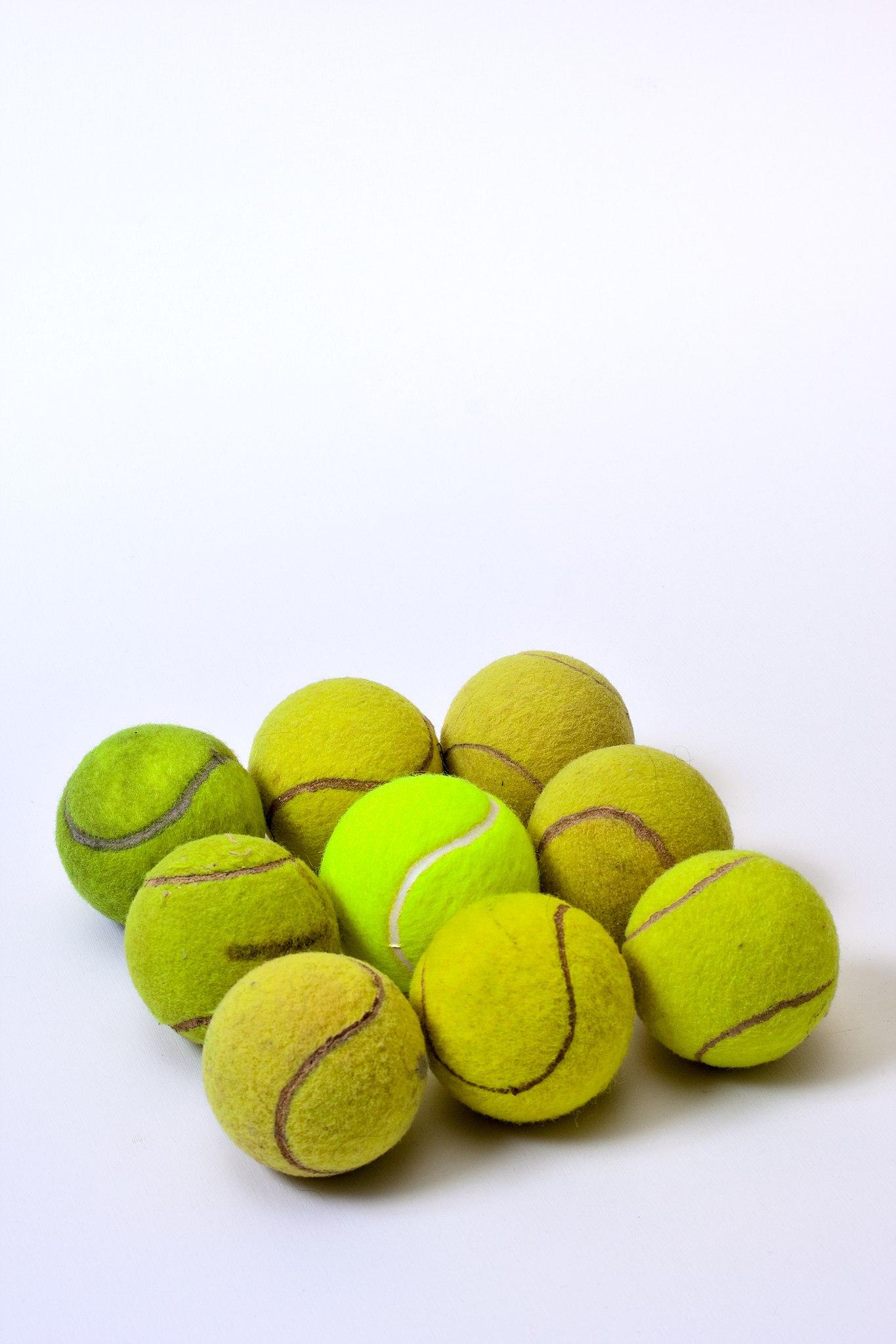
Why do some tennis balls have no numbers at all?
When it comes to tennis balls, you may have noticed that not all of them feature numbers This is often the case with practice or training balls, which are designed for repetitive drills and exercises These balls are intended to provide durability and consistency, rather than individual identification While unnumbered tennis balls can be convenient for certain training purposes, they lack the ability to track each ball’s unique characteristics
Are there any specific rules regarding numbered tennis balls in official tournaments?
In official tournaments sanctioned by the International Tennis Federation (ITF), there are regulations concerning ball identification Each ball used must bear a distinct number, allowing players and umpires to easily identify their own ball during a match This rule ensures fairness and prevents confusion among players Additionally, numbered tennis balls can impact player preferences and strategies as individuals may develop a preference for specific numbers based on personal superstitions or past experiences
Do recreational players need to pay attention to the numbers on their tennis balls?
While recreational players may not be bound by strict regulations like professional athletes, paying attention to the numbers on your tennis balls can still be beneficial It is considered good practice among casual players to mark their own tennis balls with initials or symbols to avoid mix-ups during matches or practice sessions This courtesy helps maintain clarity and ensures everyone plays with their own set of preferred tennis balls
If you’re wondering how to choose the right tennis ball for your personal use, consider factors such as court surface, playing style, and skill level Different types of tennis balls offer varying levels of bounce and performance characteristics suited for different conditions Once you’ve found your ideal ball, marking it with your unique identifier can help prevent mix-ups and confusion on the court
Useful Links
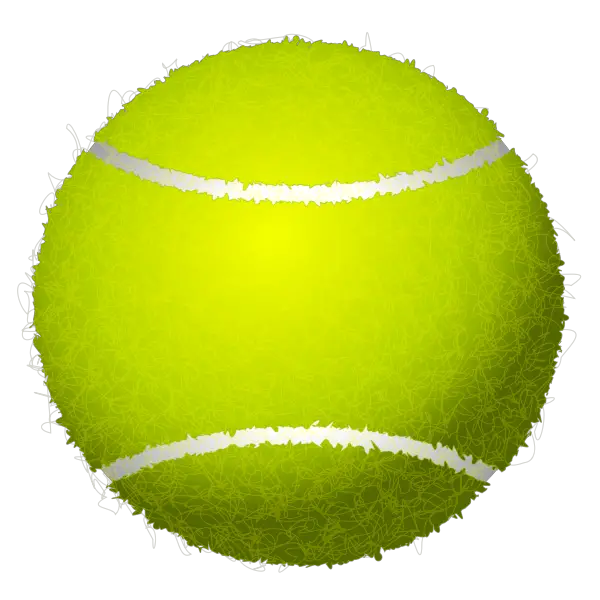
What do the numbers on Penn tennis balls mean? – YouTube
Penn ball numbers
What does the number mean on Penn tennis balls?
Definition, Examples, and Common Questions About The Ball
Different Color Tennis Balls & Their Purpose
So I bought tennis balls, yet they are all numbered …
Review of tennis ball aerodynamics
How to Choose a Tennis Ball
The Great U.S. Open Ball Debate of 2022
The Best Tennis Balls of 2023 (for all courts)
Effects of seam and surface texture on tennis balls …
DUNLOP Championship Extra Duty Tennis Balls, Yellow
List of Approved Tennis Balls
Best Tennis Balls On The Market [Updated 2023]
Tennis Ball Buying Guide
Number Tennis Balls 1 to 20
Facts and Figures / FAQ – The Championships, Wimbledon
Best Tennis Balls: The Top Picks for Your Next Match

